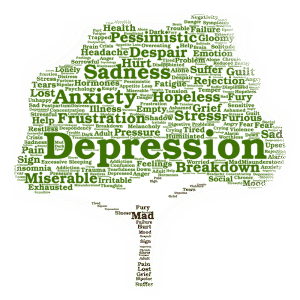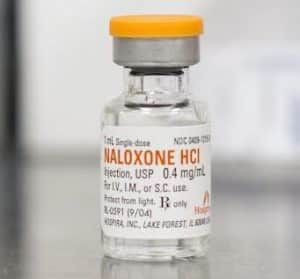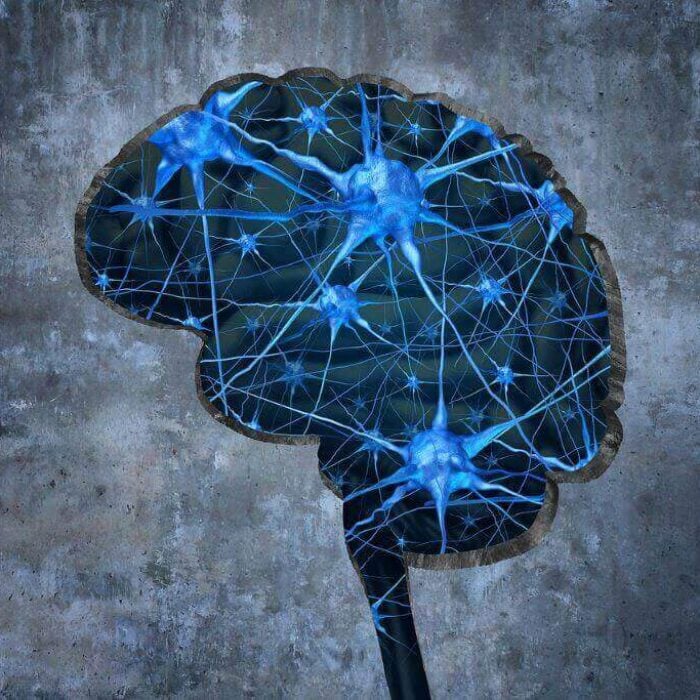The United States is currently in the throes of an opioid epidemic of unprecedented proportions. Every day 91 Americans die from an opioid-related overdose. According to recent statistics from the Center for Disease Control and Prevention, rates of heroin and prescription painkiller use have increased dramatically since 1999, especially among those aged 18 to 24. Rates of opioid overdose and opioid abuse are overwhelming public resources, public health officials are looking for effective ways to prevent opioid overdose.
Increasing Awareness for the Opioid Epidemic
Certain communities across the United States are ravaged by the opioid epidemic, while others remain relatively untouched. Furthermore, the stigma attached to drug use and addiction issues mean that many people mistakenly think that “only bad people use drugs” or “all drug users are just addicts”. These harmful stereotypes prevent people suffering from opioid abuse from getting the help they need.
To combat these problems, we need to improve awareness of the opioid epidemic. This includes understanding who is at risk for overdose. For instance, if a person had a prior history of drug overdose, a history of incarceration, substance abuse issues or having an untreated mental health condition are all risk factors for opioid overdose.
Emergency Workers Must Be Equipped With Naloxone
To date, steps to address the opioid epidemic have taken a piecemeal approach (with individual, local, or state governments) to put plans into action. One of the best ways to prevent opioid overdose is to increase access to naloxone. Naloxone is able to bind to opioid receptors in the brain but prevents them from activating. It binds to the receptors more tightly than heroin or opioid prescription drugs; Naloxone can halt or even reverse an overdose as it happens.
Although some local governments have passed regulations to have emergency responders to carry naloxone, we still need greater access to this lifesaving drug. Some areas now allow family members to carry naloxone, allowing them to administer the drug to loved ones experiencing an overdose. Good Samaritan Laws are crucial to this effort, as they protect people from prosecution if they are making a good faith attempt to save a person’s life.
One of the biggest barriers to the use of naloxone is the recent decision to increase the price of this lifesaving drug. The company Kaleo, which has a patent on a naloxone delivery system, has increased the cost of a twin-pack from its 2014 level of $690 to an extraordinary $4,500. Given the number of lives that could be saved by greater access to naloxone, we need to push for the drug to become more accessible to all, not more profitable to its manufacturers.
Increasing Access to Effective Opioid Treatments
Naloxone is only helpful for those already experiencing an overdose. Instead, we must also increase access to effective treatments for those struggling with opioid abuse. Treatments such as rapid opioid detox or medical detox help patients go through the withdrawal period in a medically supervised environment. This is a safe and effective treatment for opioid dependence that can help at-risk individuals before they actually overdose.
Increasing an individuals’ access to an effective treatment gives them the best chance of overcoming their opioid abuse. In particular, an inpatient medical opiate detox treatment center (such as the detox protocols offered by the Waismann Method®) provides the medical expertise and support that patients need. The Waismann opiate detox program has nearly a 98% detox success rate. This gives patients an extraordinary opportunity to overcome opiate dependence. It allows them to seek the emotional help they need, without the physical distress of withdrawal that keeps many patients stuck in a cycle of opiate dependence and addiction.
Addressing Unmet Mental Health Needs of Our Communities
Mental health problems form the core of the issue of opioid abuse, unfortunately, we have not devoted enough resources to address these problems. The common narrative stigmatizes opioid users as “bad people”, therefore people struggling with opioid abuse often avoid telling their stories. However, at Waismann Method® opioid detox treatment center, we treat our patients with respect and know better than to stereotype. Therefore, patients frequently state that they started using opioids as a coping mechanism to deal with emotional issues.
Mental health problems such as depression, anxiety, bipolar disorder, schizophrenia, and post-traumatic stress disorder (PTSD) occur at relatively high rates in our  population. However, only a fraction of the people suffering from these conditions get the help they need. Part of the reason is that mental health issues are stigmatized more than medical ones, causing people to become ashamed or embarrassed to get help. Additionally, access to resources such as mental health counseling or psychiatry services can be challenging; particularly for people in rural or under-served areas.
population. However, only a fraction of the people suffering from these conditions get the help they need. Part of the reason is that mental health issues are stigmatized more than medical ones, causing people to become ashamed or embarrassed to get help. Additionally, access to resources such as mental health counseling or psychiatry services can be challenging; particularly for people in rural or under-served areas.
Many people who develop an opioid use disorder begin using opioids to numb their psychological or emotional pain. Opioids provide a temporary fix for their problems. Soon, however, they need more and more of the drug to get relief. Engaging in effective treatments such as medical detox can help these people become free of opioids; allowing them to engage in the mental health treatment they need to make a full recovery.
The opioid epidemic will not be solved in a day. However, by taking a multi-pronged approach to preventing opioid overdose, we can not only save lives but improve the quality of life for people struggling with these drugs.















